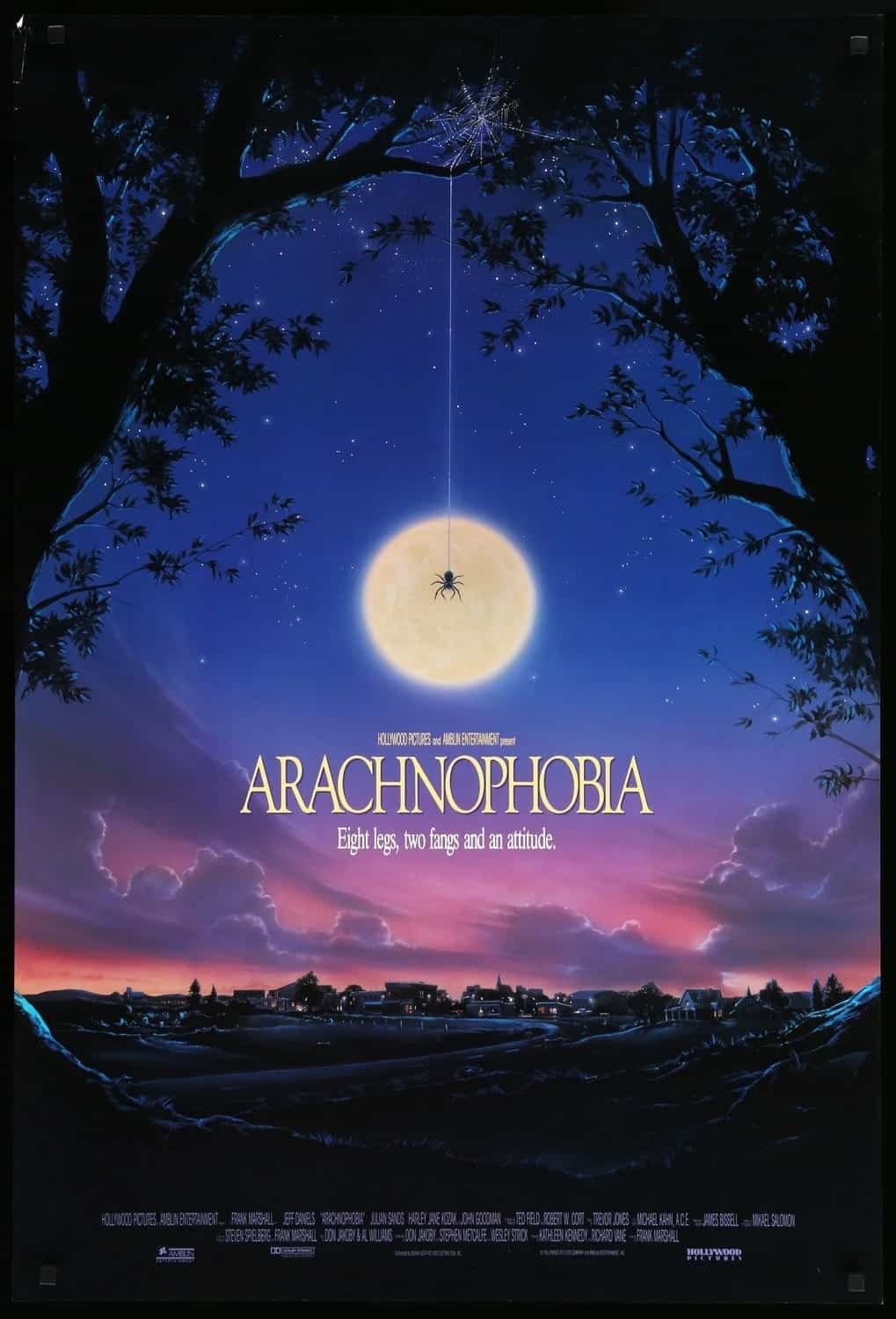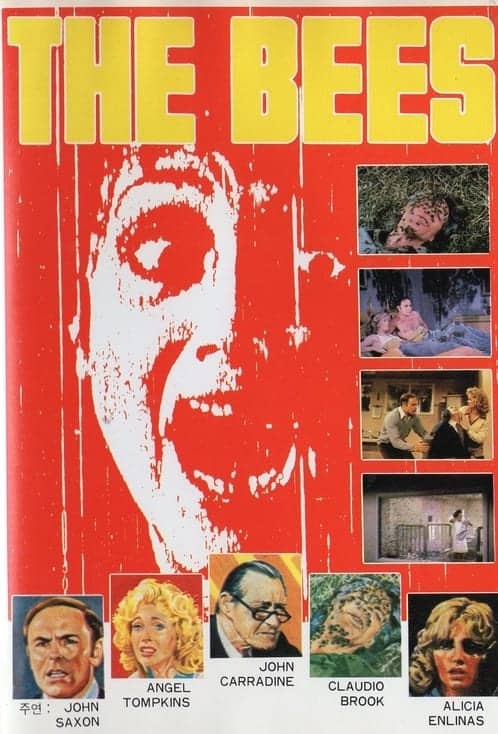Fallacies in Pest-Centered Films – Part 2
Fallacies in Pest-Centered Films – Part 2
Hollywood has its fair share of movies centered around arthropods. However, many of these films are also plagued with some misinformation regarding their pest-protagonists (or antagonists). In this blog we explore three films from the previous century that have pest antagonists.
The Swarm (1978)
This film gained some infamy due to its hokey special effects, messy plot, cheap sets and, of course, inaccurate information about their antagonist: bees. In the movie, Africanized honeybees are on the loose in the United States, wreaking havoc everywhere they go, and resulting in hundreds of thousands of deaths. In reality, Africanized honeybees, also known as “Killer Bees,” are a force to be reckoned with. As a subspecies of the Western Honeybee, their venom is not particularly potent or dangerous of its own right but, rather, the vast population size of colonies can be easily overwhelming, resulting in a potential of several thousand stings in a single encounter. Receiving a dose of their venom in such magnitude can result in death even for those that do not have an allergy to the stings. Currently, recorded deaths from Africanized Honeybees stands at roughly 1,000 worldwide. But in the film, this is blown far out of proportion and the plot becomes riddled with myriad of fallacies, including (but not limited to):
- In the film, it is stated that a single swarm of bees is terrorizing all of Texas while, in reality, colonies can contain tens of thousands of bees, but not billions upon billions that it would require to span the massive state.
- A doctor in the film (played by Henry Fonda) states that just three stings from these bees would result in death. As stated above, this is wholly false and it would require a great deal more to kill an individual.
- Victims of the stings (when not fatal) result in various characters having the same bee related hallucinations. While some reactions to venoms can potentially result in delirium or hallucinations, the sensory experiences are rarely, if ever, exactly the same. In reality, victims of such reactions typically have vastly different visions.
Due to its vast variety of flaws, this film has actually grown a bit in popularity over the years and become a bit of a classic in the “terrible-film” loving community. 
Arachnophobia (1990)
There are two glaring flaws to this spider-filled film, the first of which being that it exists at all as spiders are so terrifying, we question who would ever want to see it! But jokes aside, there is actually a very obvious inaccuracy when it comes to arachnids in this film. In a scene towards the beginning of the film, a group of scientists collect spiders for testing by using a substance that causes them to fall from the tall tree in which they resided. As a result, the spiders hit the ground after falling roughly one hundred feet downward. In reality, the spiders would not survive such a fall. Due to having an exoskeleton, tarantulas are actually rather fragile to such falls and can even suffer a number of breaks when falling from a distance of just two feet, making this scene highly inaccurate. 
The Bees (1978)
In this horror film, a team of scientists scrambles to stop the spread of an emerging species of highly deadly bees. Spoiler alert! …in order to finally defeat the bees, the scientists developed a translation system for interpreting the communications between the bees. While this seems wholly fictional, it is actually based in some truth. Honeybees communicate with one another using a physical movement known as the “waggle dance.” While this term may sound rather ridiculous and cute, waggle dances are actually very serious for bees. Using these movements, scout-bees are able to communicate all of the information they observe about new potential nesting sites and sources of food, including directions to their locations. This form of communication is very impressive and complex, but while real-world scientists have been able to somewhat decode the waggle dances, entomologists stress that the Translations in the film are highly unlikely. In fact, in a recent article published by the Smithsonian Institution, head entomologist of the University of Illinois, May Berenbaum, commented on this exact film flaw, stating that “sentence-for-sentence translation” is not something that waggle dances are known to be capable of. 
Citations
10 Most Dangerous Insects You Must Run Away From (2020) YouTube. Top 5 Best. Available at: https://www.youtube.com/watch?v=gK4ijVsrUTI (Accessed: September 2020). Arachnophobia: Trivia (no date) IMDb. Available at: https://www.imdb.com/title/tt0099052/trivia (Accessed: February 22, 2021). Honeybees Can Teach Us About Democracy (2012) YouTube. SciShow. Available at: https://www.youtube.com/watch?v=abk-advcClw&list=PLB3FCEEAC84884760&index=51 (Accessed: May 2020). Murray, S. (2016) Regular-Sized Bugs on the Big Screen: The Swarm, UF/IFAS Entomology and Nematology Department. Available at: http://blogs.ifas.ufl.edu/entnemdept/2016/05/20/regular-sized-bugs-big-screen-swarm/ (Accessed: February 22, 2021). Wyckoff, W. (2014) Scream Queen: An Entomologist Dispels the Myths in Insect Horror Flicks, Smithsonian Magazine. The Smithsonian Institution. Available at: https://www.smithsonianmag.com/science-nature/scream-queen-entomologist-dispels-myths-insect-horror-flicks-180950127/ (Accessed: February 16, 2021).
Request a Free Quote Today
(We do not share your data with anybody, and only use it for its intended purpose)
